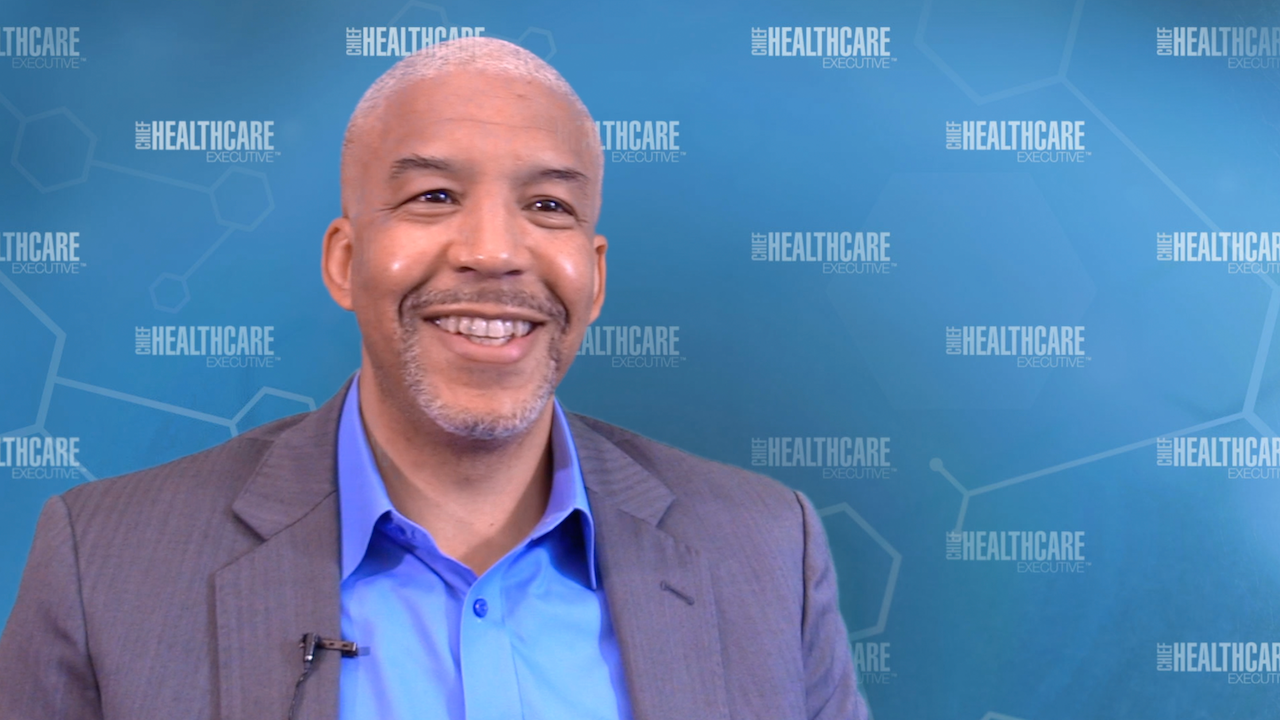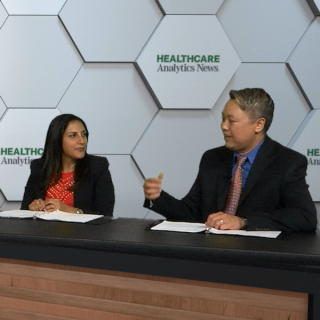
AI & Data Analytics
Latest News
Latest Videos

CME Content
More News

Craig Newman, the chief strategy officer at HealthChannels for ScribeAmerica, discusses how technology can be used to help reduce the amount of time and energy providers spend doing administrative tasks.
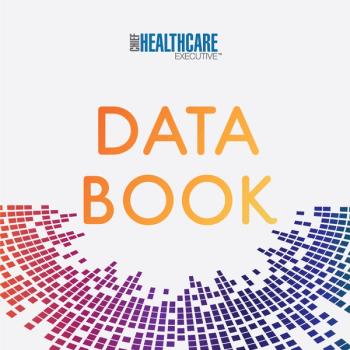
Terri Casterton, director of Healthcare Product and Strategy at Bottle Rocket, discussed the latest Apple Watch features, the use of patient supplied data in healthcare and the use of technological innovations in healthcare.

Steve Wigginton, CEO of Icario, discussed how value-based care and artificial intelligence are helping health systems and health plans to provide more personalized care and to address social determinants of health.
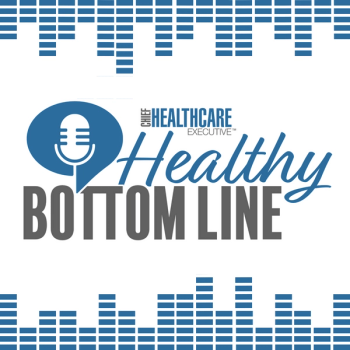
Barry Sample, PhD, director of science and technology at Quest Diagnostics, discusses the rise in drug positivity rates among healthcare employees, the reasons behind the rise, and what can be done to combat them.
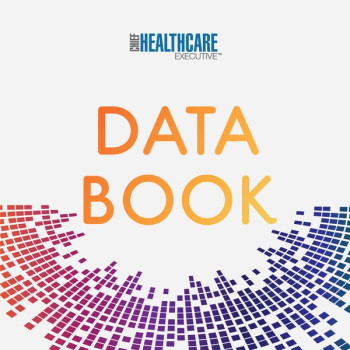
Punit Soni, CEO and founder of Suki, delves into how artificial intelligence (AI) can be used to address burnout among healthcare professionals, as well as misconceptions about the purpose that this technology should serve in healthcare.

Although the world is very much still in the middle of the COVID-19 pandemic, a panel of experts tackled lessons learned so far.

Blair Childs, senior vice president of public affairs at Premier, explains how the Improving Seniors’ Timely Access to Care Act could revolutionize how prior authorizations are conducted and how machine learning technologies can help health systems adapt if it is signed into law.

In order for artificial intelligence (AI) in healthcare to be successful, there needs to be more transparency around the data that goes into an algorithm, explained John Halamka, M.D., president of Mayo Clinic Platform.

Tom Knight, founder and CEO of Invistics, discusses how the COVID-19 pandemic has highlighted the need for better solutions for drug diversion, where healthcare employees commit medication theft, within their healthcare organizations and how technology can help resolve the issue.

Tanvi Abbhi and Nora Zetsche, MD, cofounders of Veta Health, discuss the company’s remote patient monitoring (RPM) platform and how RPM can be used to personalize and improve healthcare for patients with chronic diseases.

Here are six ways that AI has played a critical role in conquering the pandemic.

Leslie Trigg, CEO of Outset, discusses how imbedded cloud-computing technology in home dialysis machines can improve quality of care for patients, and how the pandemic has boosted demand for these machines.

Following a checklist improves data capture, enhances patient engagement, and increases access to care.

A conversation with Art Papier, MD, CEO and co-founder of VisualDX.

Justin Williams, CEO of Noteworth, discusses how predictive analytic tools can improve the quality of care for patients with chronic diseases, discharged hospital patients, and patients from rural communities.

Carol McCall, from ClosedLoop.ai., discusses what’s holding back healthcare administrators from taking advantage of what artificial intelligence (AI) platforms have to offer and what the future holds for AI and machine learning in healthcare.

Before the pandemic, the healthcare sector was a prime target for cybercriminals. But the rise of remote work has only increased vulnerability

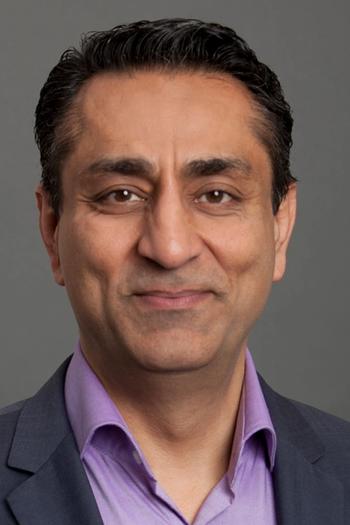
Healthcare procurement leaders and legal executives are discovering that today’s CLM solutions hold the keys to improved agility, resilience, and competitiveness—while ensuring regulatory compliance.

Diane Bryant, CEO of NovaSignal, details the advances seen in the NovaGuide 2 platform

Responses collected from longitudinal surveys show how patient-reported data can help improve hospital quality.

Microsoft will acquire Nuance Communications, Inc. for around $16 billion.
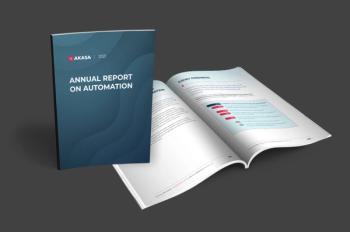
Besides the ability to ramp up quicky, healthcare leaders are looking for systems that can accommodate remote work—and some predict that certain workers who fled offices due to COVID-19 will never return to traditional settings.

A panel of experts discussed how care coordinating technologies that were employed during the pandemic can help improve home care for patients in a post-COVID-19 world.

The highest performing machine-learning model achieved an AUROC of .7875.





